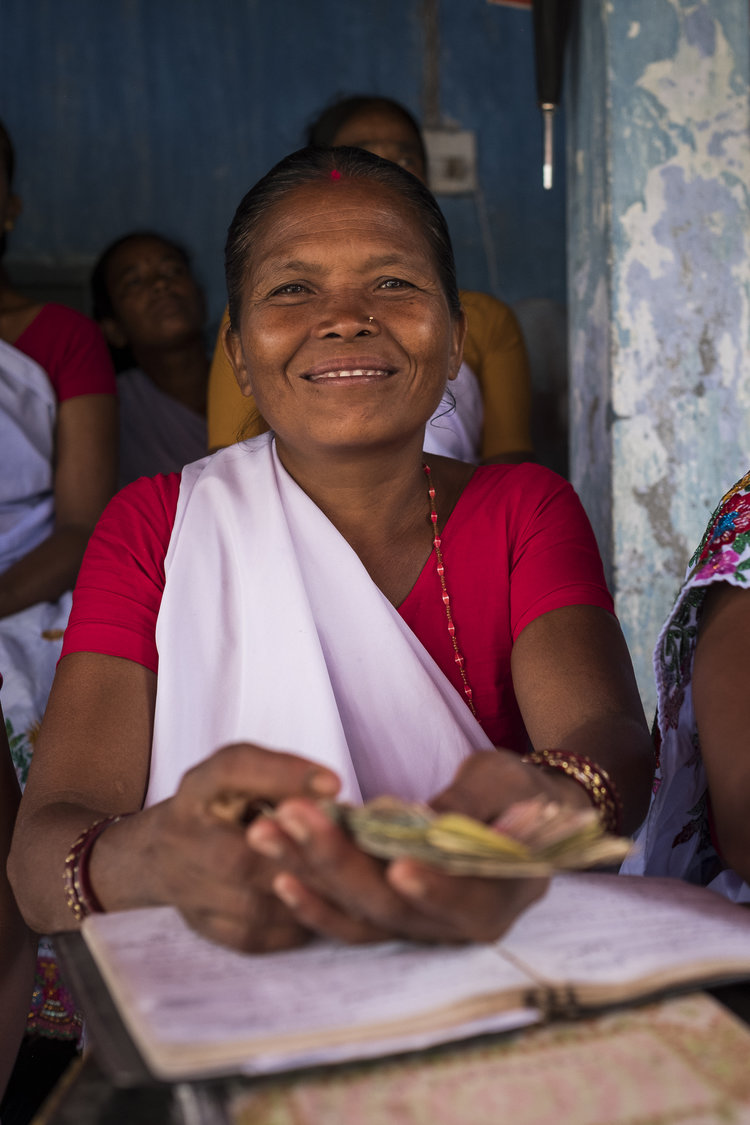Component 4
Field scale innovation
Objective
To optimise the learning from scaling field scale activities under the SRFSI project, including addressing emerging issues, and to act as a link to local engagement and impact for two-way flow of information.
Key Activities
Formal review of the SRFSI project
Prioritisation of the next steps in CASI scaling in the context of ACIAR SDIP Phase 2 goals; in particular, synthesis of gender work (e.g. household impacts for women and men; barriers to women’s adoption of CASI) to feed into policy and foresight activities
Identification of emerging issues as a result of wider scale adoption of CASI, including biophysical, institutional and policy level constraints and opportunities
Link field scale outcomes and impacts into policy and foresight work, and vice versa
Key Partners
CIMMYT and existing SRFSI partners
University of Queensland
CSIRO
Delivery Mechanisms
This component is primarily delivered by the existing SRFSI project team, as the continuation of SDIP Phase 1. Additional activities were funded as priority issues were identified. This component acted as a link between policy and foresight level work and the local level for two-way flow of information.

Commissioned Projects
Identifying Eastern Gangetic Plains soil constraints
This University of Queensland project provided information associated with a set of specific soil constraints in the EGP, to inform future research work and scaling strategies.
Understanding changing weed dynamics in farming systems intensification in the Eastern Gangetic Plains
This project led by CIMMYT contributed to an improved understanding on the response of men and women farmers to changing weed dynamics due to CASI adoption in the EGP.
Quantifying crop yield gaps across the IGP from new perspectives – production, farmer profit and sustainability of water use
This CSIRO project quantified current yield gaps from multiple angles (physiological, economic, and sustainable-water) for major food crops across the IGP.